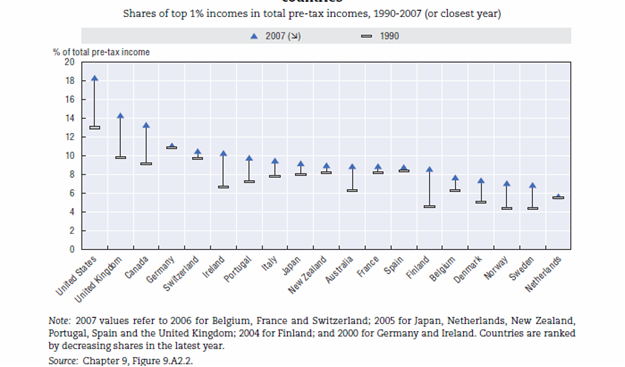A piece from the Winnipeg Free Press is the latest item where
the media are supporting and driving the public health agenda of reducing
disparities. Winnipeg
Free Press June 18, 2012 Masters of
storytelling, such heartfelt pleas echo the public displays of discontent in
the Montreal student strike, the Occupy movement and even the efforts of
doctors for fair taxation Equity
and taxation – the status quo is being whittled away.
Yet, despite the crashing Greek economy with unemployment
approaching 25%, the conservative leaning incumbents were returned with the
plurality and asked to form a coalition government. This contrasts with the
election of the left leaning French Socialist party presidential candidate.
As powerful as the media can be in expressing the message –
it is further enlightening to read the personal reactions to the Winnipeg piece. No wonder there is such resistance to
addressing the increasing disparity in the country. Clashing values of personal happiness against
societal altruism are played out in the words of individuals responding to the
article.
Just as the G20 countries prepare to meet in Mexico to
further discuss the current global financial crisis that has banks and
businesses suffering such that public tax dollars are being poured by the
billions in corporate welfare while personal welfare programs are cut to
balance budgets. Buried deep in the throes
of the bureaucracy is this December 2011 OECD report Divided we fall: an overview of growing income inequalities an economic analysis of inequality
globally. A Canada specific summary is
available at Canada
report, US at US
report
Note Figures 9 and 11 – which display Canada’s inequality in
respect to other developed countries.
Figure 11 (pasted below) adjusts for the impact of universal health care and makes Canada look as good as any of measures. Using any
of the three Gini coefficient measures in the document, Canada remains higher
than the OECD mean – and higher means more inequality. (for more on Gini
coefficient Gini
coefficient September 14, 2011 ). Figure 12 also below, is most disconcerting for North
Americans as it shows the increasing proportion of wealth held by the top 1% of
income earners, with the US in the not so enviable position of number 1 and
Canada number 3.
Why, in the midst of such forces as left wing leaning social
and health professionals and right wing leaning economists – both of whom have
been signalling warning signs of the dangers of propagating the long term trend
of increasing disparity, do we continue to have political decisions which fly
in the face of facts? Truthfully, the OECD
report is dry, unexciting, lacks story and personification – reminiscent of
many public health reports. While the
number crunchers may get thrills from reading the report, it likely had little
impact on policy decisions in any OECD country.
Good governance is the ability to provide leadership amidst
conflicting value structures with an aim for the greatest benefit. While the media may be the new modality messaging
inequality, the media have also been the drivers of populism as the goal of governance
rather than leadership. There was a
notable subpiece to the Montreal student demonstrations on the success of the
new generation to win the use of new communications media http://www.ctv.ca/CTVNews/Canada/20120618/social-media-quebec-student-protests-120618/
. The press have long influenced public
opinion and have been the puppeteers of political winners and downfall of
political losers. We in public health
have a lot to learn about moving from number crunching to pulling at heart
strings.


Great job, Dr. P. I am so glad that you picked up on the WFP article. It was truly a story to pull at the heart strings. I have often wondered what the secret is to mobilizing media to maximize our messages. Thanks for your good work, once again.
ReplyDelete